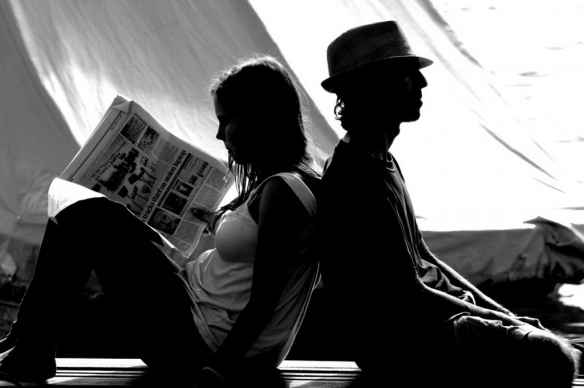We’re in the second week of a 6-week meditation series I teach in the workplace, and I just received an email from one of the students who started out with us. She can’t continue the class. Things are too busy in her office, they’re short-staffed, they need her, she just can’t afford to get away. She’s very disappointed and hopes to do the class the next time it’s offered.
I understand, of course.
I can’t know what’s going on in her life, at home, with her office. Every one of us working stiffs is going to go through periods where we need to draw all our resources together for the hard push. I’ve been through those events: mergers, major contractions of the business line, lay-offs, software conversions. There is no way I would have attempted the radical act of sitting still in the middle of any of that. And that’s too bad, for Past Me. She could have used that.
Here’s the rub with meditation. You have to stop. You have to be willing to stop. You might even have to fight for your right to stop. For this particular class, that means you can find yourself one day into a 6-week series and the epic battle begins. You’ve committed to structuring 15 minutes into your life 3 times between now and the following week’s class meeting. Think Prince Charming and the forever-bramble forest he has to slash through to get to Sleeping Beauty’s tower. Only the brambles are your boss, your kids, the dirty dishes, your running shoes, book club, 5 email accounts, “what’s for dinner?,” your co-workers, employees, clients, and the heap of health insurance and charity solicitation and monthly bill paperwork that’s spilling off your kitchen counter. In fact, it’s not really any of these. It’s your adherence to them, literally. The bramble consists of an utterly sticky tangle of unexamined entanglements, and their priority above what is most essential for a human life. This is the stickiest of thickets.
If you can slash through all of that and be still, for 15 minutes, or even just truly breathe without agenda for 20 seconds, you might actually find the awakened beauty called You.
When you insist to the world that you will discover and honor that, the thicket falls away. And Nothing stands in your way.









